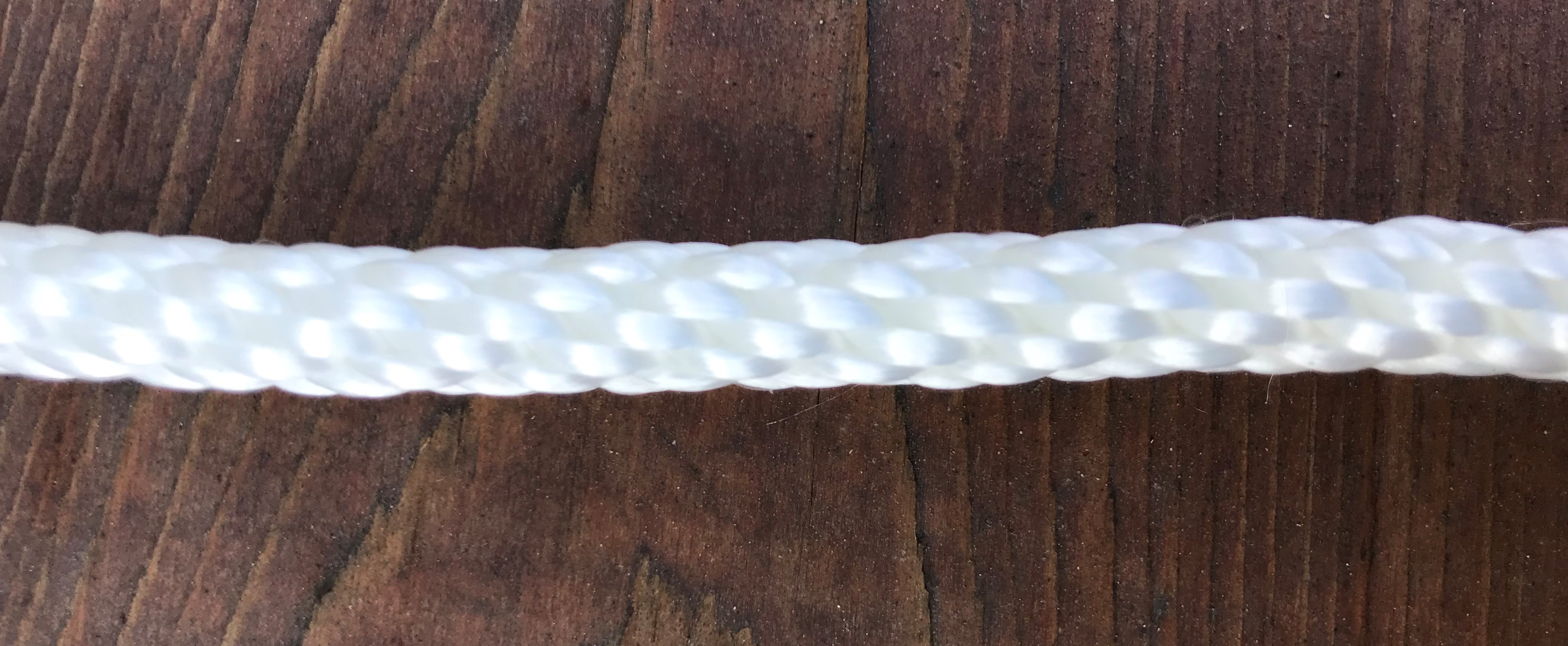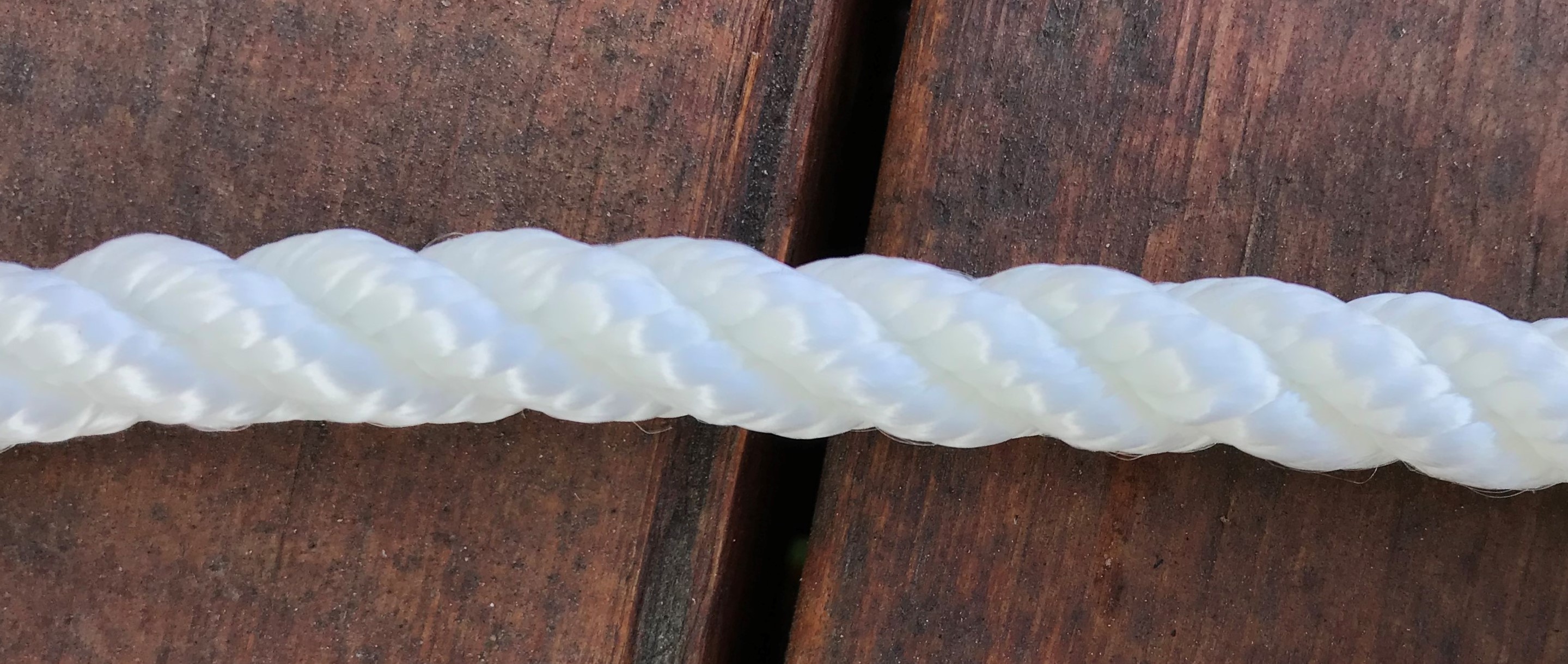Difference Between Braided and Twisted Rope
Rope is fibers, yarns, plies, or strands that are grouped together and twisted or braided to become stronger and larger. Ropes have many uses but are commonly used for dragging or lifting because of their thickness compared to cord, string, or twine. The two most common forms of rope are braided and twisted. Although they can sometimes be used for similar purposes, they have distinct pros and cons and have different strength capabilities.
Braided
 Braided rope is created by braiding together
8-10 fibers into a tube-like braid. Polypropylene and nylon are the two most
common forms of material used. There are three types of braided rope:
Braided rope is created by braiding together
8-10 fibers into a tube-like braid. Polypropylene and nylon are the two most
common forms of material used. There are three types of braided rope:
- The first is Hollow Braided Rope, which is created by braiding groups of fibers together to create a tight tube of rope with an empty center.
- The second is Solid Braid Rope, which is a complex braid that has a filler core which gives it more strength than a Hollow Braided Rope.
- The third is a Double Braided Rope. This kind of rope has a braided core that is covered with a braided jacket. This braided core allows it to be even stronger than the Solid Braid Rope.
Although these braided ropes have small differences, they have similar pros and cons. Check out the list below.
| Pros |
| Cons |
Twisted
Twisted rope is created by taking fibers and twisting them into strands, and then twisting the strands into rope. Three-strand twisted rope is the most common form of construction, and it can be made of nylon, polyester, polyethylene terephthalate, and polypropylene.
Check out twisted rope’s pros and cons below.
| Pros |
| Cons |
If you would like to learn how to seal off your rope end where it’s been cut, check out one of our previous blog posts here.
Braided and twisted rope also have different strength capabilities. Check out the chart below where we compare the minimum break strength of braided vs twisted nylon rope for a few different sizes.
| Diameter | Braided | Twisted |
| 1/4" | 1,325 lbs | 1,490 lbs |
| 5/16" | 1,925 lbs | 2,290 lbs |
| 1/2" | 5,300 lbs | 5,750 lbs |
| 5/8" | 7,200 lbs | 9,350 lbs |
If you have any other pros and cons or differences to add about braided and twisted rope, comment below!


